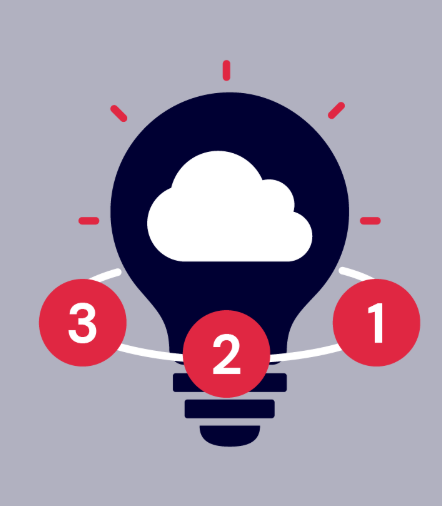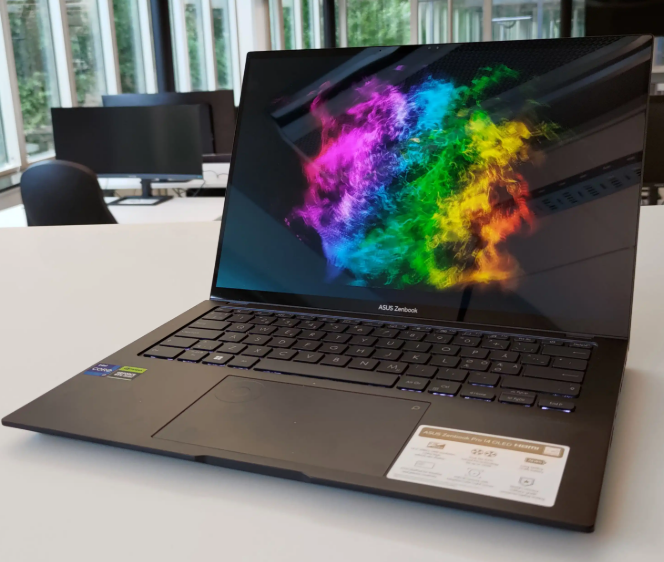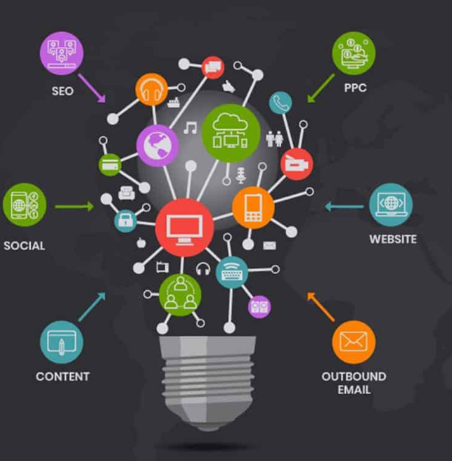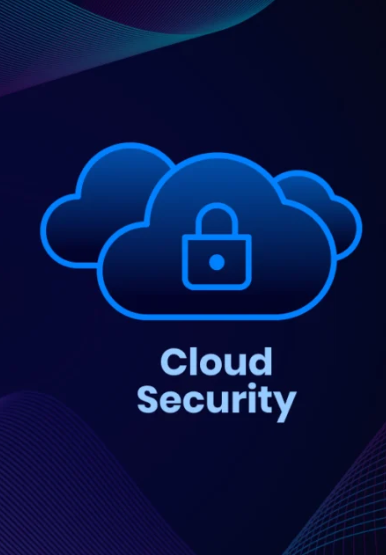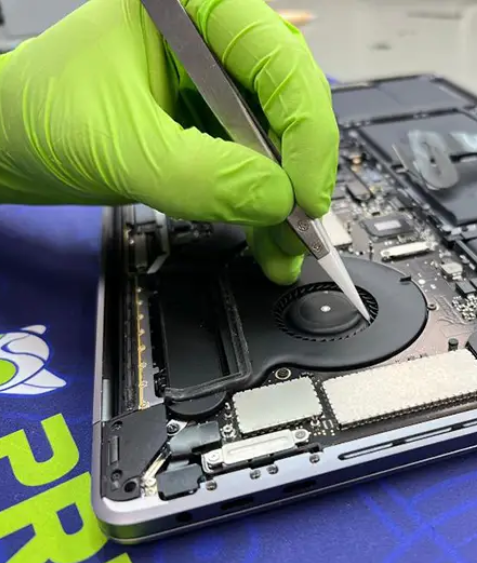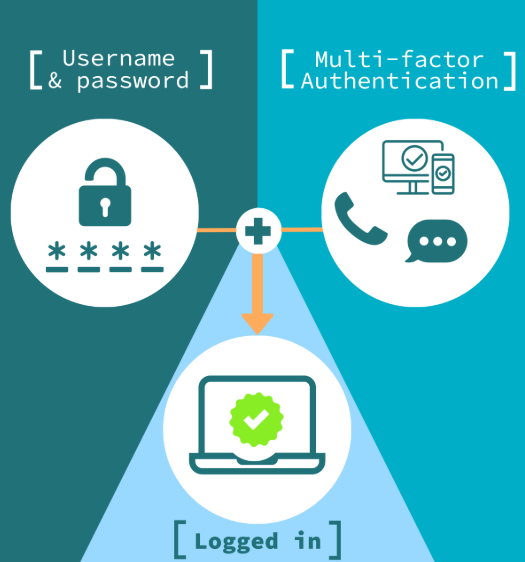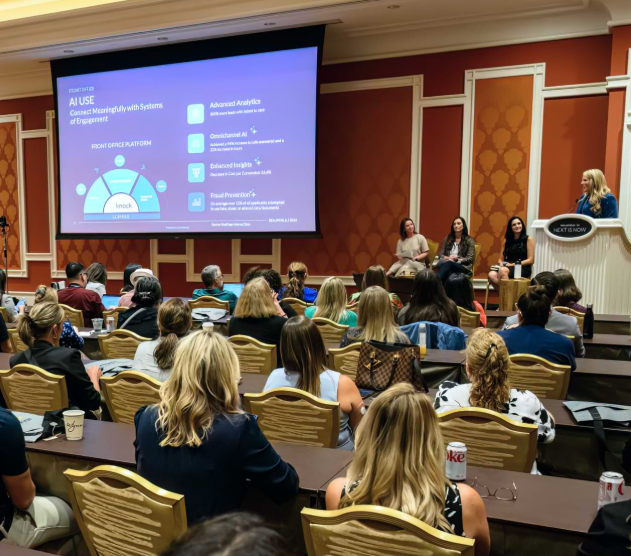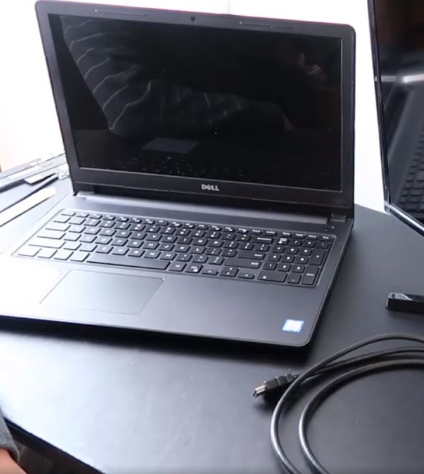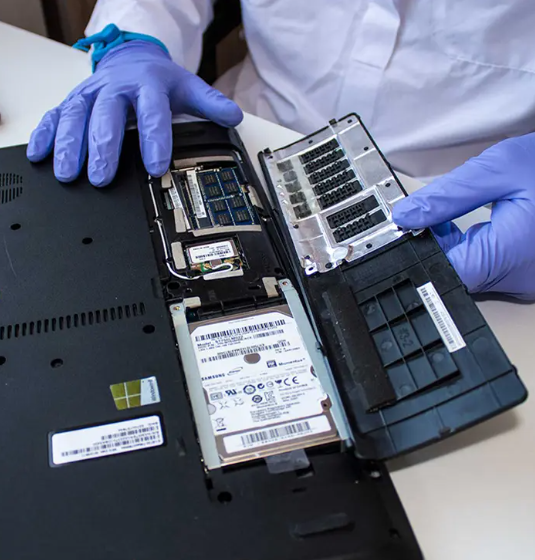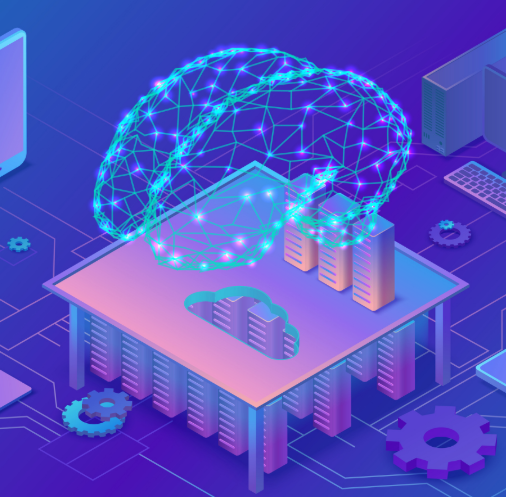
As more businesses adopt hybrid IT environments, blending on-premise systems with cloud solutions, a shift in how we approach IT infrastructure is becoming increasingly apparent. According to a recent survey, 87% of enterprises are integrating both on-premise and cloud resources. This growing trend reflects the strategic advantages of combining the strengths of both technologies. Let’s explore the key trends in hybrid IT environments and how businesses are utilizing both on-premise and cloud solutions to stay competitive.
Trend 1: Real-Time Processing Powered by Edge Computing
Edge computing is revolutionizing how data is processed by enabling faster decision-making. By processing data closer to its source, businesses can minimize latency. This is especially vital for industries like manufacturing, where real-time data is crucial for optimizing production processes. Consider smart factories where sensors monitor factory operations and adjust machinery on the fly to maintain efficiency and quality.
In hybrid environments, edge devices collect and process data locally, while cloud platforms provide centralized storage, long-term data analysis, and retention. This combination ensures quicker response times, less bandwidth consumption, and enhanced security for sensitive data, making real-time decision-making easier and more effective.
Trend 2: Agility Boosted by Containers and Kubernetes
The use of containers and Kubernetes is transforming how applications are developed and managed in hybrid IT environments. Containers enable the packaging of applications with all their dependencies into a unified unit, ensuring consistency in performance across different platforms, whether on-premise or in the cloud. Kubernetes, a tool for automating container management, takes this a step further by orchestrating the deployment, scaling, and monitoring of applications.
This technology enables businesses to respond swiftly to changing demands, offering increased flexibility and faster deployment. By simplifying resource management, organizations can innovate faster and improve the overall efficiency of their operations.
Trend 3: AI and Machine Learning Powering Automation
AI and machine learning (ML) are becoming integral to hybrid IT setups, allowing businesses to automate and optimize operations. AI tools can analyze large datasets from both on-premise and cloud-based sources, uncovering patterns and insights that may be missed by human analysts. These insights can then drive intelligent automation, enhancing processes across hybrid environments.
For example, ML algorithms can predict when system failures might occur, allowing for proactive maintenance. Similarly, AI can help identify unusual network activity or user behavior, signaling potential security breaches. By integrating AI and ML into hybrid IT, businesses can improve their efficiency, make data-driven decisions, and reduce risks.
Trend 4: The Flexibility of Multi-Cloud Strategies
Multi-cloud strategies are gaining traction as businesses look to optimize their IT infrastructure. By utilizing multiple cloud service providers like AWS, Azure, and Google Cloud, organizations can avoid being locked into a single vendor and take advantage of the unique strengths each platform offers. This multi-cloud approach helps reduce costs, improve reliability, and increase flexibility in managing workloads.
The key to successful multi-cloud adoption is seamless orchestration and integration. With careful management, businesses can ensure that their hybrid environments work together harmoniously, enabling smooth data flow and application performance across different platforms.
Trend 5: Data Fabric Creates a Unified Data Landscape
Data fabric is an emerging solution that addresses the challenge of managing fragmented data in hybrid environments. By providing a unified view of data, regardless of where it resides—whether on-premise or in the cloud—data fabric enables easier access, integration, and governance. This approach simplifies data management, helping businesses extract maximum value from their data.
For instance, a retail company could use data fabric to integrate customer data stored on-premise with transaction data in the cloud, providing a comprehensive view of customer behavior. This enables more personalized marketing and better decision-making while ensuring compliance with data regulations.
Trend 6: DevSecOps Integrates Security Across Development
Security is a top priority in hybrid IT environments, where the network infrastructure spans both on-premise and cloud systems. DevSecOps is a methodology that integrates security into every stage of the software development lifecycle. Rather than addressing security after development, DevSecOps ensures that applications are built with security in mind from the start.
By embedding security practices throughout the development process, businesses can reduce vulnerabilities and minimize the risk of breaches. This approach is essential for hybrid environments, where continuous integration and delivery pipelines must be secure and efficient across both on-premise and cloud infrastructures.
Conclusion
Hybrid IT environments offer businesses a powerful way to combine the best of on-premise and cloud technologies, optimizing performance, scalability, and cost-efficiency. From real-time processing through edge computing to AI-driven automation, multi-cloud strategies, and secure development practices, the key trends in hybrid IT are enabling businesses to stay agile and innovate faster. As the digital landscape continues to evolve, embracing these trends will be essential for staying competitive and achieving long-term success.






